In the grand narrative of your home, the entryway isn’t just a transition zone—it’s the opening chapter that sets the tone for everything that follows.
A thoughtfully designed modern entryway balances that crucial first impression with everyday practicality, creating a space that’s both inviting and incredably functional.
Whether you’re dealing with a spacious foyer or a compact corridor, these contemporary entrance ideas will transform your threshold into a statement of style that actually works for your lifestyle.
Let’s explore twenty fresh, innovative approaches to modern entryway design that merge form and function in ways that will elevate your home’s entrance beyond the ordinary.
From clever storage solutions to striking visual elements, these ideas offer something for every space, style, and budget—without falling into the predictible design traps that make so many entryways forgettable.
Understanding Your Entryway Space
Before diving into specific design elements, take a moment to truly understand what you’re working with. Every entryway has unique characteristics that influence which design approaches will work best.
Start by assessing the available square footage and mapping how people naturally move through the space. Is it a high-traffic thoroughfare where multiple family members cross paths throughout the day? Or is it primarily a formal entrance used mainly when welcoming guests? Understanding these traffic patterns helps prioritize which functional elements deserve prime real estate.
Next, identify the specific challenges your entryway presents. Low ceilings, awkward angles, limited natural light, or an open-concept layout that blurs the boundaries between rooms all require different strategic approaches. Jot down these observations—they’ll guide your decisions as you move forward.
Finally, establish realistic goals that balance your aesthetic vision with practical necessities. The most successful modern entryways find creative ways to address both without compromising either.
Foundation Elements: Color & Light
1. Contemporary Color Palettes That Welcome
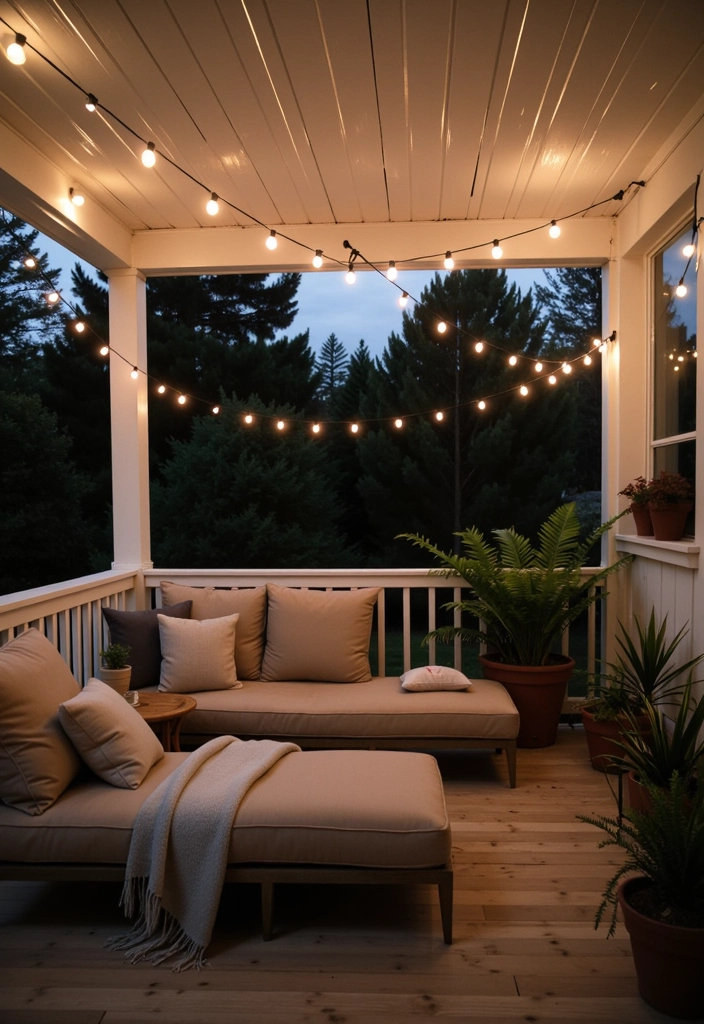
The colors you choose for your entryway do more than just please the eye—they actively shape how people feel when entering your home. Modern entryway design typically embraces two distinct approaches: serene neutrals that create a sense of spaciousness, or bold statement colors that establish an immediate personality.
Neutral palettes featuring soft whites, warm beiges, and gentle grays remain perennially popular in contemporary entrance design. According to color psychology research from the University of British Columbia, these lighter hues can make compact entryways appear more expansive while creating a sense of calm upon entry. Designer Emily Henderson notes, “A neutral entryway creates a clean canvas that allows your personality to shine through in the accessories and art you choose.”
For those seeking more impact, deep navy, forest green, or even matte black can transform an ordinary entryway into a sophisticated statement. These darker tones work particularly well when used on a single accent wall or paired with light flooring to maintain balance.
Regardless of which direction you choose, consider how your entryway color palette transitions to adjacent spaces. The most cohesive homes maintain a thoughtful color story that flows naturally from room to room, with the entryway serving as an introduction to this visual narrative.
2. Statement Lighting That Transforms

Few design elements have the power to elevate an entryway like well-chosen lighting. A statement light fixture not only illuminates the space but also serves as a focal point that anchors the entire design.
For entryways with standard 8-9 foot ceilings, consider semi-flush mount fixtures with contemporary profiles. These provide necessary ambient lighting while maintaining proper clearance. In spaces with higher ceilings, pendants and chandeliers create drama and visual interest. Modern options range from minimalist geometric forms to more organic, sculptural pieces that function as art installations in their own right.
Beyond the main fixture, layered lighting enhances both functionality and mood. Wall sconces installed at eye level (typically 60-66 inches from the floor) provide secondary illumination that eliminates harsh shadows and creates a more welcoming atmosphere. For narrow hallway entrances, a series of recessed lights can visually elongate the space while ensuring no dark corners remain.
Don’t overlook the practical aspects of entryway lighting either. Smart lighting systems that allow for programmable settings can create different moods for different occasions, from bright and energizing during daytime to warm and subdued for evening gatherings.
3. Harnessing Natural Light
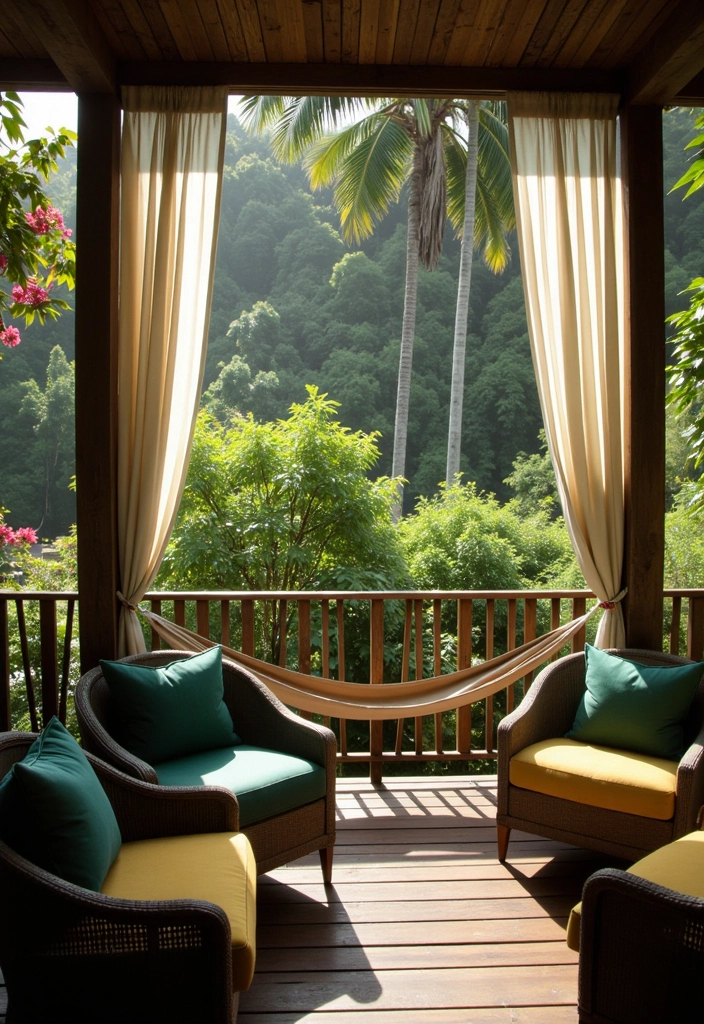
Natural light transforms entryways, making even modest spaces feel more generous and welcoming. If your entrance benefits from windows, treat them as the precious resources they are.
“Natural light is the ultimate luxury in architectural design,” explains Sarah Richardson, interior designer and TV host. “In entryways, it creates an immediate connection to the outdoors while illuminating the space in the most flattering way possible.”
For entryway windows, choose window treatments that maximize light penetration while maintaining privacy when needed. Sheer curtains, top-down bottom-up blinds, or frosted glass films all offer creative solutions to this common dilemma.
If your entryway lacks natural light sources, strategic mirror placement can help reflect and amplify whatever light is available from adjacent rooms. Additionally, choosing lighter finishes for major surfaces helps bounce existing light throughout the space, creating the illusion of greater brightness.
For naturally dark entryways, consider installing a solar tube or small skylight if architectural constraints allow. These relatively minor renovations can dramatically transform the quality of light in your entrance area, creating a more inviting first impression.
Essential Furniture Solutions
4. Console Tables: The Entryway Anchor
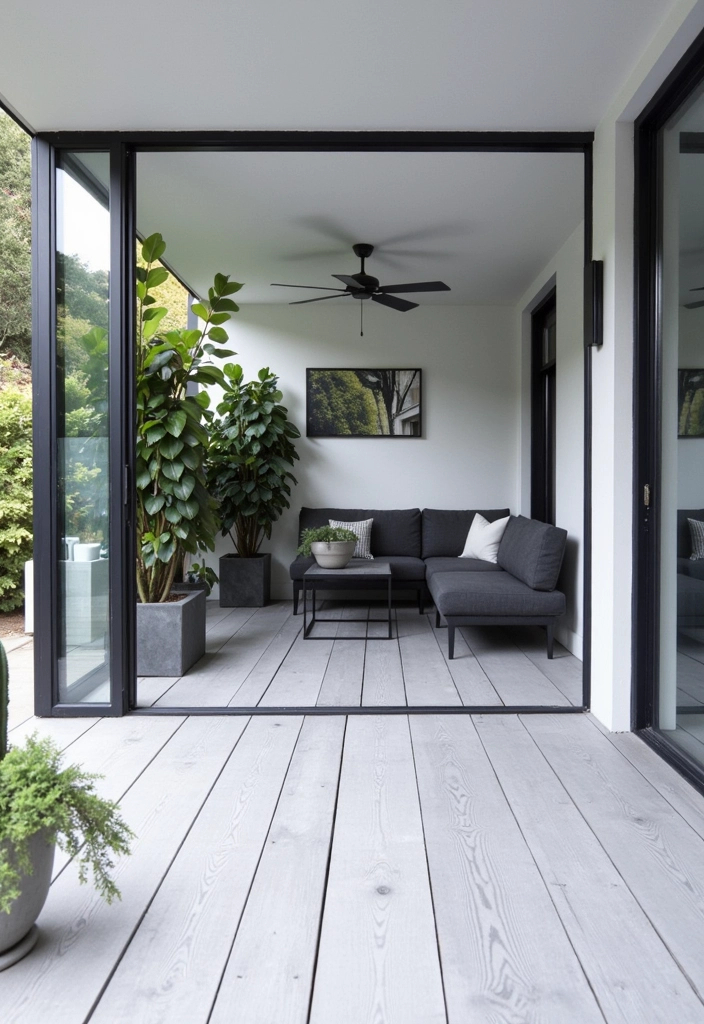
The console table has earned its status as an entryway essential by offering the perfect balance of style and utility in a relatively compact footprint. Modern entryway console tables come in countless variations, but the most effective share certain characteristics.
First, appropriate scale matters enormously. The ideal console depth for most entryways ranges from 10-15 inches—deep enough to be useful without impeding traffic flow. Height typically falls between 30-36 inches, creating a comfortable surface for everyday use.
Material selection significantly impacts both aesthetics and durability. Contemporary options include:
- White oak or walnut for warm, organic appeal
- Glass and metal combinations for airy, space-enhancing properties
- Concrete or stone composites for industrial-modern durability
- High-performance laminates that mimic luxury materials
Functionality can be enhanced through thoughtful features like drawers for stashing small essentials, lower shelves for basket storage, or integrated charging stations for electronics.
When styling your console, maintain a balance between decorative and functional elements. A catchall for keys, a table lamp for ambient lighting, and perhaps a small plant or art piece creates an arrangement that’s both practical and visually pleasing without appearing cluttered.
Read This Blog; https://hometranquil.com/stylish-and-cozy-home/
5. Seating That Serves Multiple Purposes
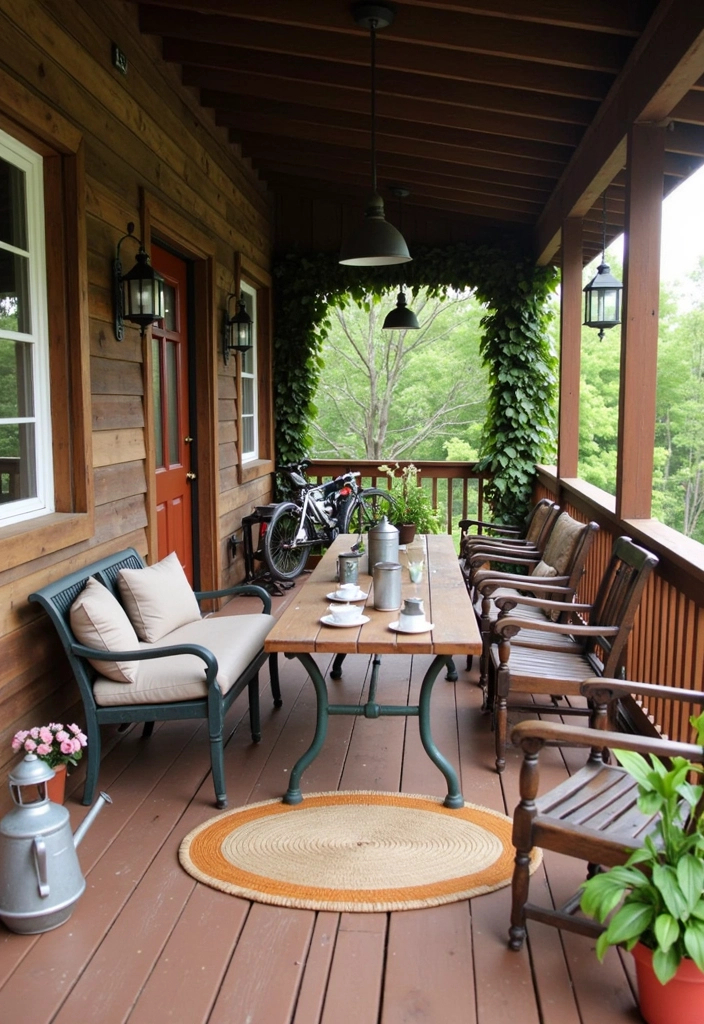
Incorporating seating into your modern entryway solves multiple problems at once: it provides a practical spot for putting on or removing shoes, creates a visual anchor in the space, and adds an element of comfort that signals hospitality.
Storage benches represent perhaps the most efficient seating solution, offering hidden compartments for seasonal items like gloves, scarves, or sports equipment. Look for designs with hydraulic hinges for easy access and safety.
For narrower entryways where a traditional bench might overwhelm the space, consider alternative seating solutions:
- Nesting stools that can be tucked away when not in use
- Wall-mounted folding seats that disappear when not needed
- Multipurpose ottomans that can serve as both seating and side tables
Material selection should prioritize durability, as entryway seating endures significant wear. Performance fabrics with stain-resistant properties, easy-clean leather, or weather-resistant materials for homes where outdoor elements frequently make their way inside all represent smart choices for longevity.
6. Clever Shoe Storage Systems

Nothing undermines an otherwise elegant entryway faster than a chaotic pile of shoes. Modern shoe storage solutions tackle this universal challenge with increasingly clever approaches that keep footwear organized without sacrificing style.
For maximum space efficiency, vertical storage systems utilize height rather than floor space. Wall-mounted racks with dedicated slots for individual pairs, tiered shelving units, or over-the-door organizers can dramatically increase capacity in minimal square footage.
Aesthetically, the best contemporary shoe storage solutions conceal rather than display. Cabinets with angled shelves that accommodate shoes without wasting space, storage benches with internal compartments, or dedicated closets with custom shoe walls all keep footwear accessible but out of sight.
For homes with multiple users, consider designated storage zones for each family member. This simple organizational strategy prevents morning chaos and helps maintain order over time.
Visual Impact Strategies
7. Mirror Placement for Spatial Enhancement
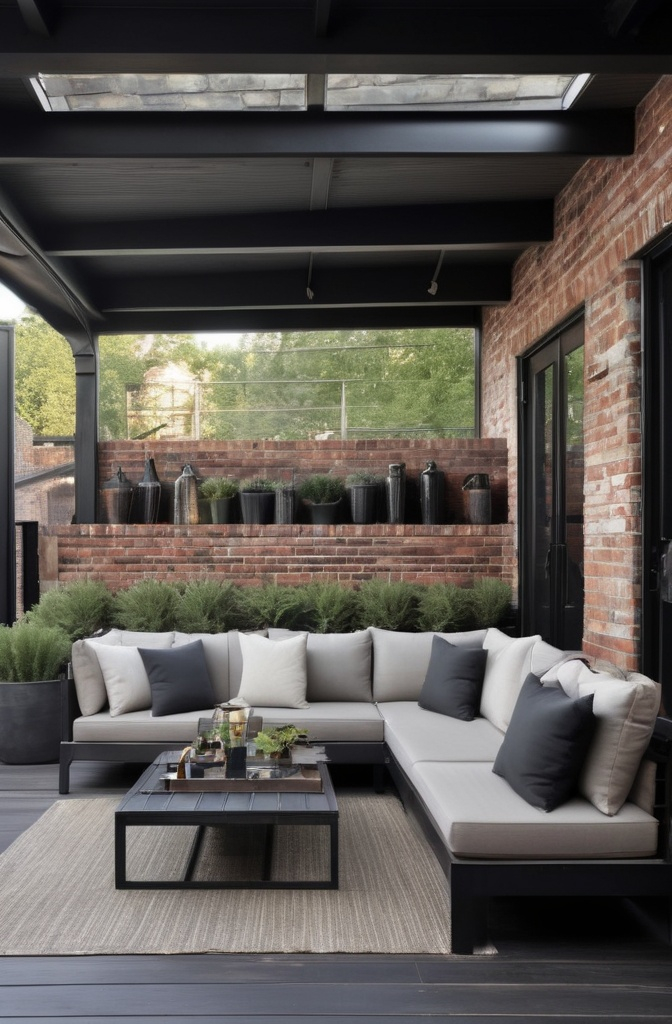
Mirrors do double duty in modern entryways—they serve the practical purpose of providing a last-look checkpoint before heading out while simultaneously making spaces feel larger and brighter through strategic reflection.
Size and proportion significantly impact a mirror’s effect. As a general guideline, entryway mirrors work best when they’re large enough to make a statement but proportioned to complement surrounding elements. In typical entryways, mirrors measuring approximately 24-36 inches across create presence without overwhelming the space.
Position is equally important. Hanging mirrors at eye level (typically 57-60 inches from center to floor) creates the most natural viewing experience. For maximum spatial enhancement, position mirrors where they’ll reflect light sources or architectural features rather than blank walls or cluttered areas.
Contemporary frame styles range from minimalist frameless designs to substantial sculptural options that function as artwork in their own right. When selecting a frame, consider how it relates to your other entryway elements—contrasting materials often create more visual interest than perfect matches.
For uniquely shaped entryways or to create more dramatic impact, consider arrangements of multiple smaller mirrors rather than a single large piece. Clustering mirrors of varied shapes but complementary frames can transform an ordinary wall into a compelling focal point.
8. Statement Art That Sets the Tone
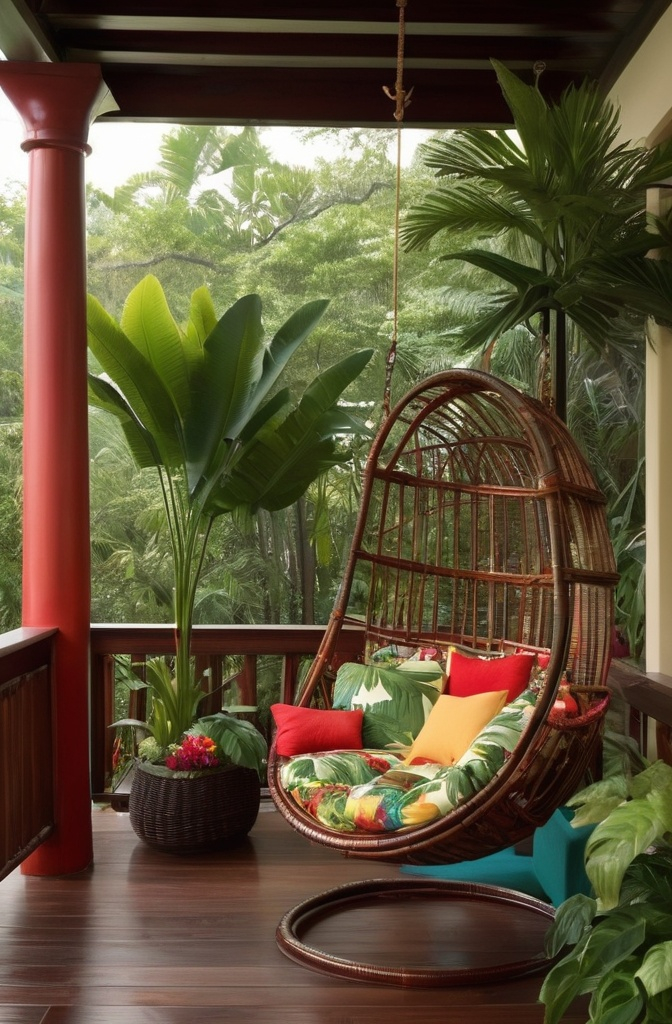
Art in the entryway does more than fill wall space—it immediately communicates something about the people who live there. Whether you prefer photography, paintings, prints, or three-dimensional pieces, choosing art that resonates with your personal aesthetic helps establish your home’s character from the moment someone crosses the threshold.
Scale considerations are particularly important in entryways. Undersized art can feel timid and lost in the space, while oversized pieces might overwhelm more modest entrances. As a general rule, art above console tables should occupy approximately two-thirds to three-quarters of the table’s width for visual balance.
Subject matter deserves thoughtful consideration as well. While personal favorites always have a place, entryway art has the unique role of setting an emotional tone for the entire home. Pieces that evoke the feelings you want associated with your living space—whether that’s energy and vibrancy or serenity and calm—create a powerful introduction to your interior world.
Gallery walls offer another approach to entryway art, allowing for more personal expression through curated collections. When creating gallery arrangements, maintain cohesion through consistent framing, a unified color palette, or thematic connections between pieces.
9. Creating Focal Points That Impress

Every well-designed entryway benefits from a clear focal point—an element that immediately draws the eye and anchors the entire space. In modern entrance design, these focal points take many forms, from architectural features to statement furniture or lighting.
If your entryway has inherent architectural elements worth highlighting—a beautiful staircase, original millwork, or interesting structural details—emphasize these through strategic lighting, contrasting paint, or complementary design elements that draw attention without competing.
In spaces without distinctive architectural features, create your own focal point through carefully selected statement pieces. An oversized pendant light, a dramatic console with sculptural lines, or a substantial piece of art can all serve this purpose effectively.
The key to successful focal points lies in maintaining visual hierarchy—allowing one element to clearly dominate while supporting elements play complementary roles. This prevents visual confusion and creates a more cohesive, intentional feel in the space.
Floor & Wall Treatments
10. Durable Flooring for High-Traffic Areas
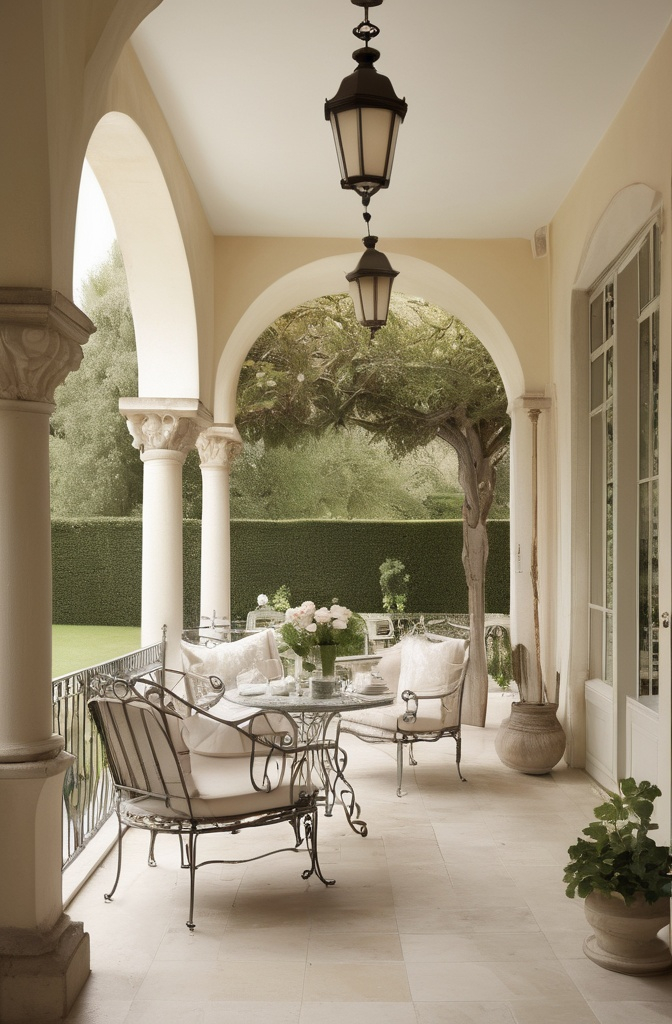
Entryway flooring endures more abuse than perhaps any other surface in your home. From wet boots to rolling suitcases to the constant parade of daily comings and goings, this hardworking area demands materials that can maintain their appearance despite punishing conditions.
Modern flooring innovations have expanded the options beyond traditional tile and stone to include numerous alternatives that blend durability with designer appeal:
- Luxury vinyl planks or tiles (LVP/LVT) offering authentic wood or stone looks with superior moisture resistance
- Porcelain tiles mimicking everything from concrete to rare marble with exceptional durability
- Engineered hardwoods with enhanced wear layers that resist scratching and denting
- Terrazzo-inspired materials that bring pattern and color while withstanding heavy traffic
Beyond material selection, pattern can significantly impact both aesthetics and practicality. Diagonal installations visually widen narrow spaces, while borders define the entryway in open floor plans. For maximum durability in regions with harsh weather, consider transition zones with more robust materials nearest the door, gradually transitioning to more delicate flooring deeper inside.
Maintenance requirements should factor heavily into flooring decisions for entryways. Even the most beautiful material will disappoint if it can’t be reasonably maintained given your household’s lifestyle and cleaning habits.
11. Accent Walls That Transform
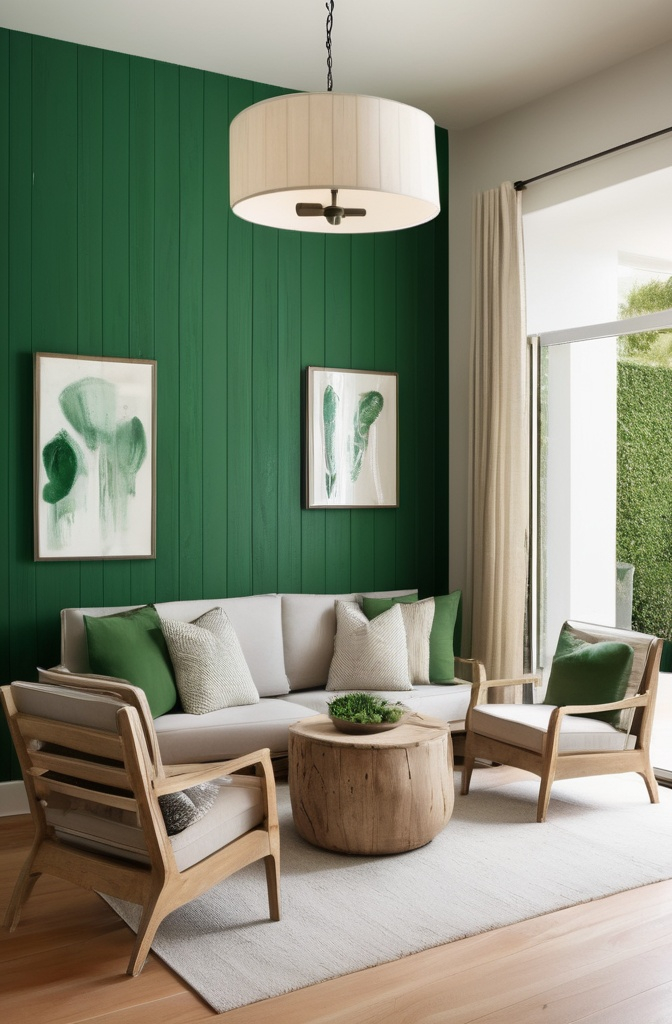
An accent wall offers tremendous decorative impact with relatively modest investment, making it an ideal strategy for modern entryway design. While painted accent walls remain popular, contemporary approaches often incorporate texture and dimension for more sophisticated results.
Modern wallpaper designs have evolved far beyond the dated patterns of previous generations. Today’s options include everything from subtle textural grasscloths to dramatic large-scale botanical prints to geometric patterns with metallic accents. Removable wallpapers have made this option particularly appealing for renters or those who enjoy changing their décor frequently.
Architectural paneling represents another accent wall approach gaining popularity in contemporary entryways. Slatted wood installations, applied molding in geometric patterns, or three-dimensional tile create visual interest while adding architectural character to otherwise plain spaces.
For those seeking something truly unique, consider alternative materials like natural stone veneer, decorative concrete treatments, or even preserved moss walls that introduce unexpected elements to the entryway experience.
When implementing an accent wall, remember that restraint often yields the most sophisticated results. Choose a single wall for emphasis, typically the one that serves as the natural backdrop when viewing the entryway, and allow it to be the star of the show.
12. Area Rugs That Define the Space
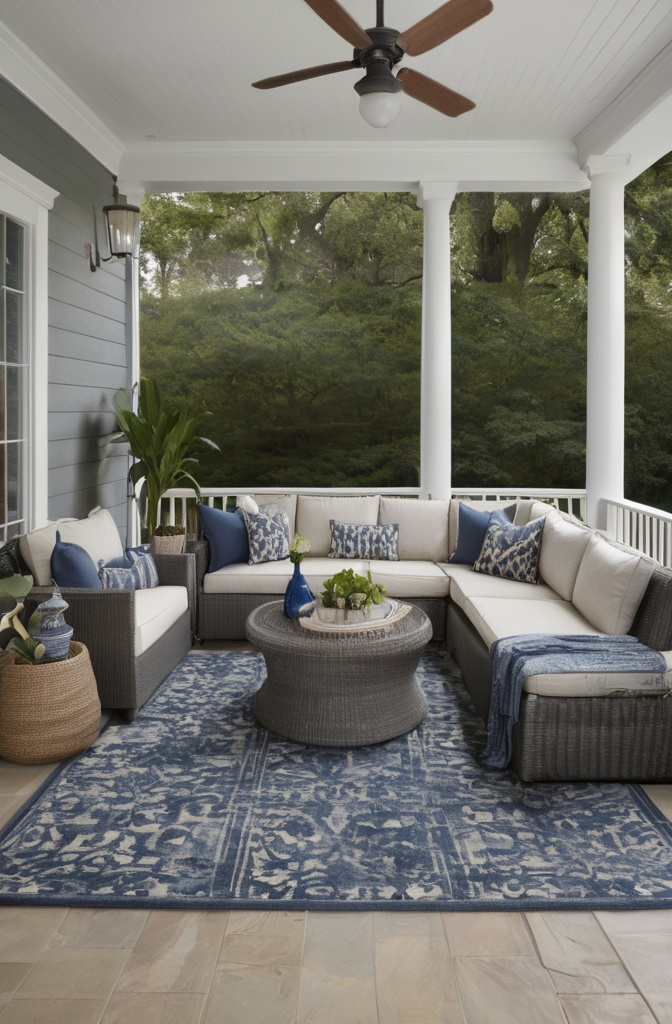
In open-concept homes where architectural boundaries are minimal, area rugs play the crucial role of visually defining the entryway as a distinct zone. Even in more traditional layouts, the right rug anchors the design while providing practical benefits like sound absorption and comfort underfoot.
Size and placement follow specific principles in entryways. Unlike living room rugs that typically extend under furniture, entryway rugs should be sized to fit within the natural traffic pattern of the space. Ideally, the rug should be large enough that both feet land on it when entering, but not so large that it extends into adjacent areas or creates tripping hazards.
Material selection balances aesthetics with extraordinary durability requirements. Indoor/outdoor rugs have become increasingly popular for entryways due to their resilience against moisture and dirt, while still offering sophisticated design options. Natural fibers like wool blend durability with luxury but may require more maintenance in very high-traffic areas.
Pattern and color choices can either ground the space with subtle neutrals or make bold statements that establish the home’s design personality from the threshold. Geometric patterns remain particularly popular in modern entryways, offering contemporary appeal while efficiently disguising inevitable soil and wear.
Storage & Organization Solutions
13. Hidden Storage for Clutter-Free Entrances
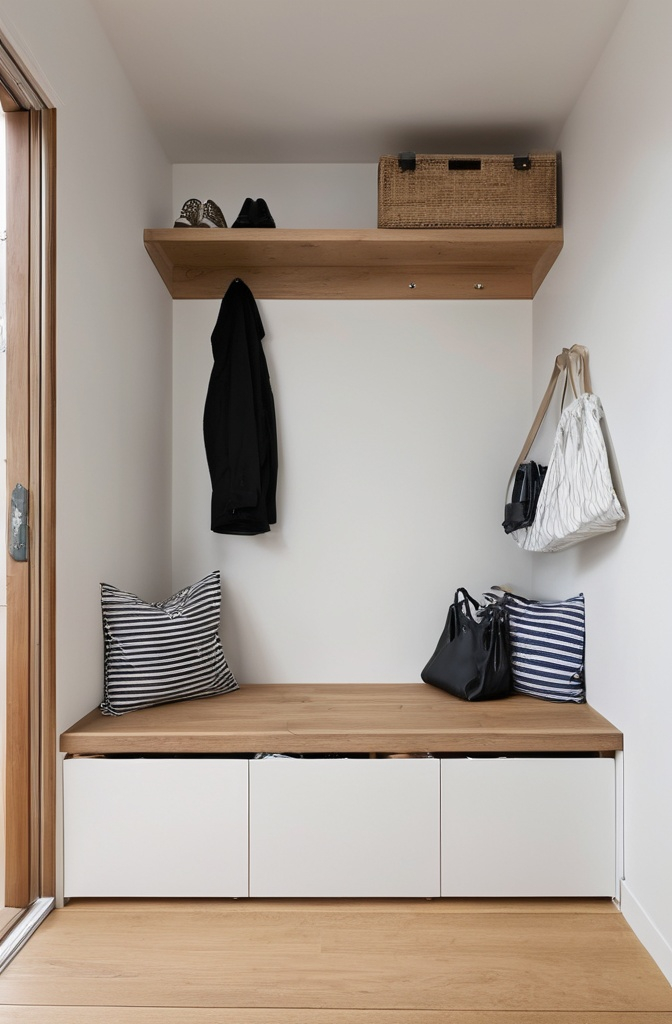
The most visually serene modern entryways share a common characteristic: thoughtfully concealed storage that keeps everyday items accessible but out of sight. This approach acknowledges the practical reality of what happens in entryways while maintaining clean aesthetic lines.
Built-in solutions represent the gold standard for invisible storage, with custom millwork designed specifically for your space and needs. Popular built-in approaches include:
- Floor-to-ceiling cabinets with specialized internal organization
- Bench seating with hidden compartments beneath hinged tops
- Drawers integrated into staircase risers (in entryways with stairs)
- Secret panels that appear to be wall treatments but concealing storage behind
When architectural modifications aren’t feasible, furniture with deceptive storage capacity offers an excellent alternative. Look for pieces that prioritize clean lines from the exterior while hiding practical features within—ottomans with removable tops, console tables with concealed drawers, or decorative boxes and baskets that corral small items without looking utilitarian.
The effectiveness of hidden storage depends largely on thoughtful internal organization systems. Without proper division of interior space, even the most beautiful cabinet quickly becomes a chaotic catchall. Adjustable shelving, divided drawers, and purpose-specific organizers help maintain order behind closed doors.
14. Wall-Mounted Storage That Saves Space
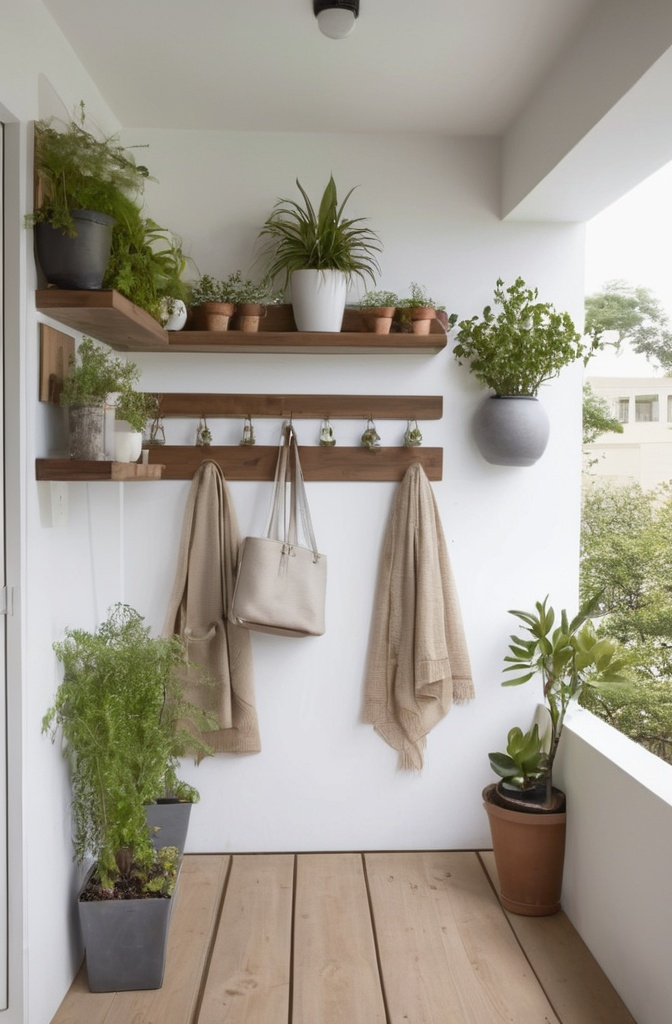
When floor space is at a premium, the vertical plane offers valuable real estate for entryway storage and organization. Modern wall-mounted solutions have evolved far beyond basic coat hooks to include sophisticated systems that maximize functionality without sacrificing style.
Contemporary hook designs range from minimalist pegs that appear to float on the wall to sculptural elements that look like art installations when not in use. Materials like brushed brass, matte black metal, or natural wood add decorative appeal to these functional necessities.
Floating shelves provide display space for decorative items while offering practical storage for essentials. The most effective arrangements layer elements at different heights—perhaps a narrow shelf at eye level for keys and mail, with hooks positioned below for bags and jackets.
For maximum organizational impact, consider mixed-media storage walls that combine various elements into a cohesive system. This might include shelving, hooks, small cabinets, and even mirror integration within a thoughtfully designed composition that addresses all your entryway needs.
Custom configurations allow for personalization based on specific household habits. Families with children benefit from lower hooks and cubby systems at kid-height, while households with pets might incorporate specialized storage for leashes, waste bags, and paw-cleaning supplies.
15. Minimalist Organization Systems

The minimalist approach to entryway organization focuses on essentials-only solutions that eliminate visual noise while maintaining high functionality. This philosophy pairs particularly well with contemporary design aesthetics, where clean lines and uncluttered spaces define the look.
Start by honestly assessing which items truly need to live in your entryway. For many households, this list is surprisingly short: keys, wallets, phones, and perhaps one season’s worth of outerwear. Everything else—from rarely used sports equipment to out-of-season accessories—can be relocated to less prime real estate elsewhere in the home.
Once you’ve identified true essentials, create streamlined systems for these items. Small trays or dishes corral keys and small items, wall-mounted key holders keep these necessities at eye level, and minimalist hooks provide just enough hanging space without visual clutter.
The success of minimalist systems depends largely on disciplined maintenance. Regular edits prevent accumulation, while consistent habits ensure items return to their designated homes rather than creating new clutter zones.
Style-Specific Approaches
16. Industrial Modern Elements That Impress
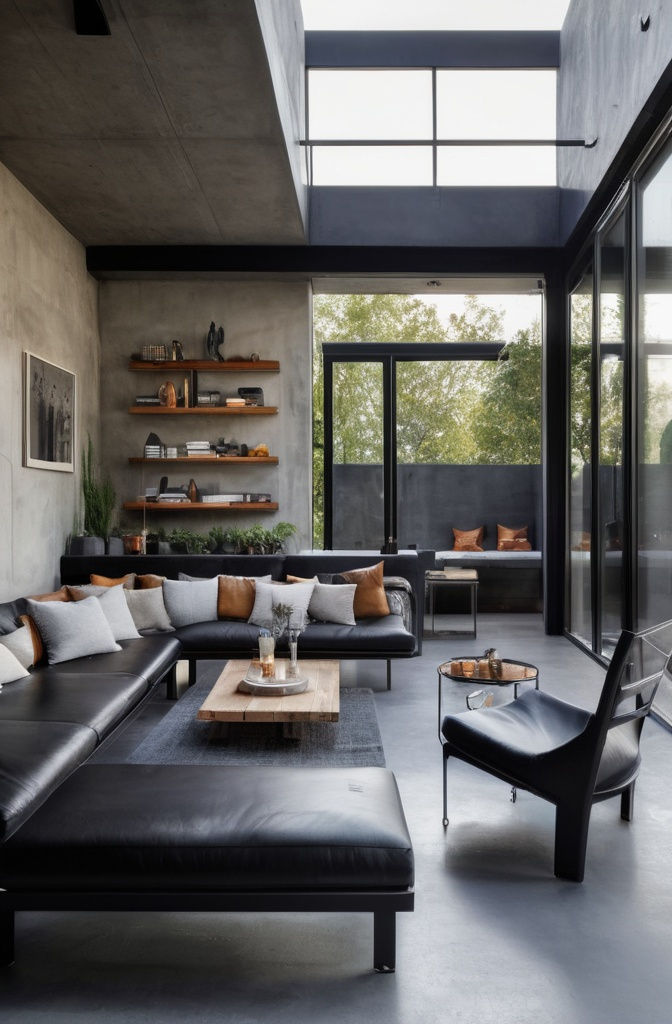
Industrial modern entryways blend raw, utilitarian elements with refined design for spaces that feel simultaneously edgy and welcoming. This popular aesthetic draws inspiration from converted lofts and warehouses but can be adapted for any home seeking contemporary character with a hint of urban edge.
Metal accents form the backbone of this style, with blackened steel, brushed brass, or distressed copper adding industrial authenticity. These elements might appear as statement lighting fixtures, exposed hardware, or structural components like open shelving systems or stair railings.
Raw material combinations create compelling textural contrasts essential to the industrial aesthetic. Consider pairing smooth concrete floors or wall treatments with rough-hewn wood, or combining distressed leather seating with sleek metal consoles. These juxtapositions create visual interest while honoring the style’s emphasis on honest materials.
To prevent industrial elements from feeling cold or uninviting, introduce softening elements that maintain the aesthetic while adding comfort. Textiles with subtle patterns but substantial textures, plants that add organic shapes, or warm lighting that creates a welcoming glow all help balance the harder edges of industrial style.
17. Scandinavian-Inspired Simplicity

Scandinavian design principles translate beautifully to modern entryways, where their emphasis on functionality, natural materials, and uncluttered spaces creates inviting transitions into the home. This approach feels particularly relevant for those seeking an entryway that balances contemporary aesthetics with genuine warmth.
Wood tones play a central role in Scandinavian entryways, with pale, natural finishes predominating. Light oak, bleached pine, or white-washed woods create an immediate sense of organic warmth while maintaining the style’s characteristic brightness. These materials typically appear in flooring, simple furniture pieces, and architectural details like wall paneling or built-ins.
The Scandinavian concept of “hygge”—that untranslatable sense of coziness and contentment—influences entryway design through careful attention to comfort and welcome. This might manifest as a sheepskin throw draped over a bench, a softly textured rug, or thoughtful lighting that creates pools of warmth rather than harsh overhead illumination.
While Scandinavian design embraces minimalism, it avoids feeling sterile through thoughtful incorporation of personal elements. Family photographs in simple frames, handcrafted objects with personal significance, or natural elements like branches or stones collected on memorable walks all add soul to the space while maintaining its clean aesthetic.
18. Mid-Century Modern Entryway Details
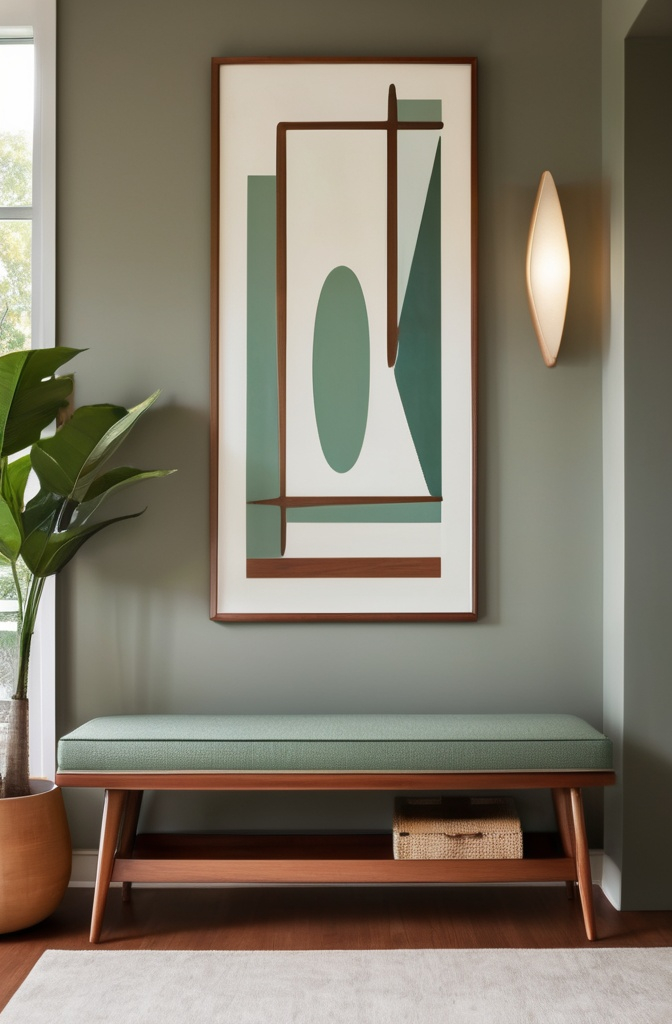
Mid-century modern design elements continue to influence contemporary interiors, with their clean lines, organic forms, and optimistic aesthetic translating particularly well to entryway spaces. This enduringly popular style offers a sophisticated yet approachable option for modern entrances.
Characteristic furniture silhouettes provide the foundation for mid-century entryways. Look for consoles with tapered legs, benches with organic curves, or wall units with geometric compartments. These pieces typically feature warm wood tones like walnut or teak, though contemporary interpretations might incorporate lighter finishes as well.
Color palettes that evoke the era help establish authentic mid-century character. Consider rich accent colors like mustard yellow, olive green, or burnt orange balanced against neutral backgrounds. These distinctive hues can appear in smaller elements like upholstery, art, or accessories without overwhelming the space.
When incorporating mid-century elements, the question of authentic vintage versus contemporary reproduction often arises. While original pieces carry historical significance and often superior craftsmanship, quality reproductions can offer greater durability and sizing more appropriate for contemporary homes. Many successful mid-century inspired entryways blend both original and reproduction pieces for a curated look that honors the era without feeling like a museum.
Final Touches
19. Greenery That Brings Life
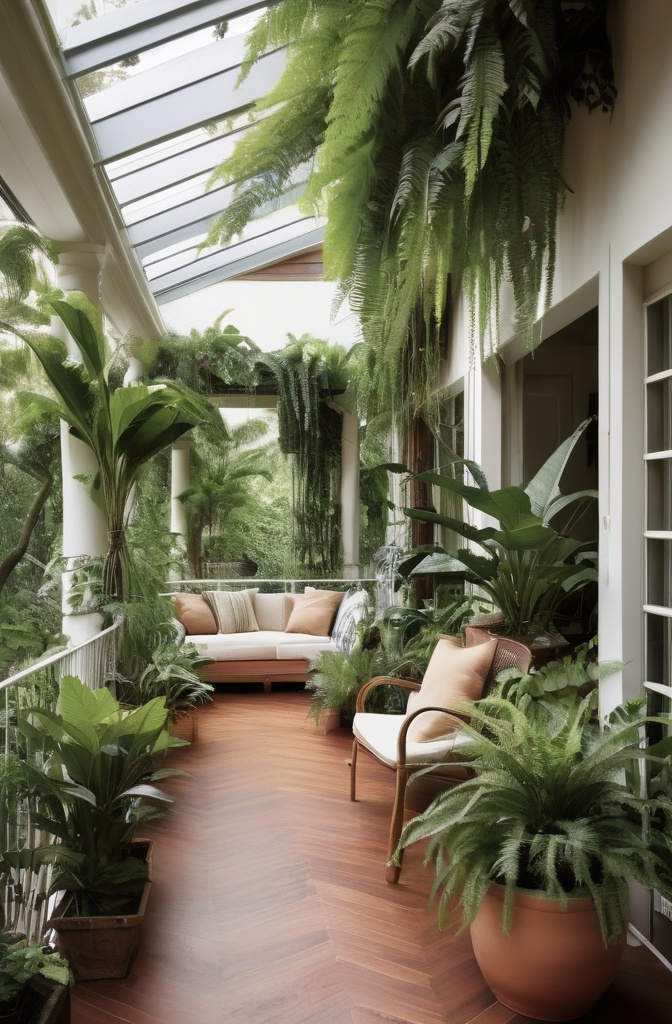
Plants contribute more than just visual appeal to modern entryways—they literally bring life to the space, improving air quality while creating a connection to the natural world. Even minimal touches of greenery can significantly enhance the welcoming feel of an entrance.
For entryways with adequate natural light, consider these particularly suitable plant options:
- Snake plants (Sansevieria): Architectural, nearly indestructible, and air-purifying
- ZZ plants (Zamioculcas zamiifolia): Glossy, structural, and extremely low-maintenance
- Pothos (Epipremnum aureum): Trailing vines that can be trained along walls or shelving
- Fiddle leaf fig (Ficus lyrata): Statement plants that add height and drama when space allows
In entryways with limited natural light, artificial options have become increasingly sophisticated. High-quality faux plants can provide the visual benefits of greenery without maintenance concerns, though they lack the air-purifying benefits of living plants.
Strategic placement maximizes both visual impact and plant health. Consider elevated planters that bring greenery to eye level, hanging installations that utilize vertical space, or clustering several smaller specimens for a more substantial presence.
For those without natural green thumbs, alternative options still capture nature’s appeal—preserved moss walls require no maintenance while adding texture and color, while dried botanical arrangements bring natural elements without care requirements.
20. Personal Touches That Make It Yours
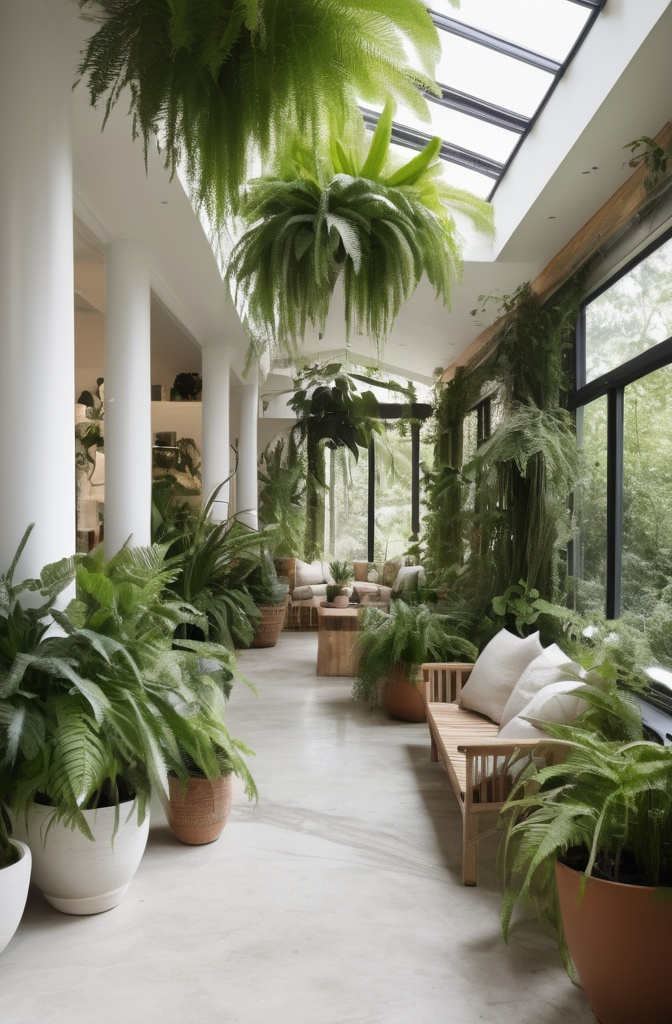
Beyond following design principles, the most compelling modern entryways incorporate elements that reflect the specific personalities, values, and lifestyles of the people who live there. These personal touches transform a well-designed space into one that feels genuinely yours.
Meaningful decor tells your story from the moment someone enters. This might include artwork created by family members, objects collected during travels, photographs of significant moments, or heirlooms that connect to your heritage. These elements add depth that no purely decorative item, however beautiful, can provide.
Seasonal adaptation allows your entryway to evolve throughout the year, reflecting changing needs and celebrations. Rather than complete redesigns, consider establishing a consistent foundation with a few designated areas for seasonal rotation—perhaps a bowl that holds pinecones in winter and fresh flowers in spring, or wall hooks that display sunhats in summer and wreaths during holidays.
Even small elements can create big personality in entryway design. Custom hardware on cabinetry, signature scents from candles or diffusers, or distinctive textiles all contribute to a sense of personalization that elevates the space beyond generic good taste to something truly specific to you.
Conclusion
Creating a modern entryway that successfully balances style and function isn’t about following trends or implementing every idea at once. Instead, it’s about thoughtfully selecting elements that address your specific space, lifestyle needs, and aesthetic preferences while creating a cohesive whole.
The most successful contemporary entrances typically combine several key components: practical storage solutions that maintain visual serenity, materials selected for both beauty and durability, lighting that creates a welcoming atmosphere, and personal touches that connect the space to the people who live there.
Whether you’re working with an expansive foyer or a modest hallway, these twenty ideas offer versatile approaches that can be adapted to your particular circumstances. By prioritizing both form and function—rather than sacrificing one for the other—you’ll create an entrance that not only makes a strong first impression but also enhances your daily experience of coming home.
Frequently Asked Questions
What are the most budget-friendly modern entryway upgrades?
Paint remains the most economical high-impact change for entryways. Consider repainting walls in a contemporary hue, refreshing existing furniture with quality paint, or even creating a bold door color for instant character.
How can I make a very small entryway feel more spacious?
For truly tight spaces, embracing vertical design is essential. Wall-mounted elements replace floor-standing furniture, mirrors strategically reflect light and views, and lighting is positioned to draw the eye upward.
Should I hire a professional for my entryway redesign?
While many entryway projects can be successfully completed as DIY endeavors, certain situations benefit from professional involvement. Consider professional help if
